The school algebra course came in handy: what is the average gas consumption for heating a 150 m2 house?
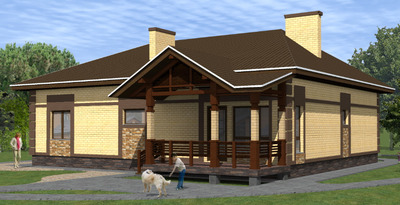
Correct assessment of gas consumption allows you to make heating effective and at the same time reduce costs for fuel.
Household gas is a universal type of fuel that is suitable for various purposes: heating, cooking, hot water supply. This the most cost effective fuel, whether natural or liquefied.
Why do you need to calculate the use of liquefied or natural gas?
In the case of heating a cottage gas usage calculation is essential for understanding how much fuel is needed to heat a house. Heat retention and, accordingly, its consumption are affected by:
- in which region housing is located;
- from which materials it's done;
- constantly is it heated or from time to time.
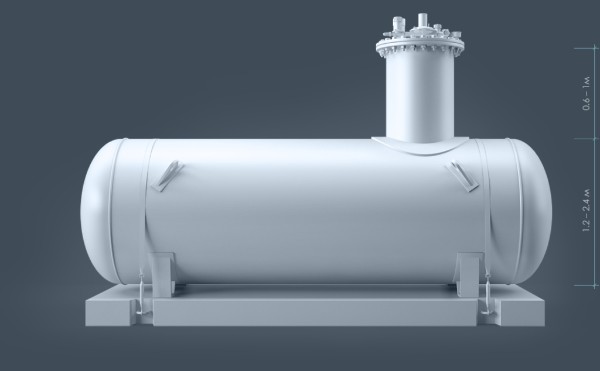
Photo 1. For safe storage of liquefied fuel, similar devices are used - gas holders.
If it is not natural, but liquefied gas, the calculation helps to determine how many cylinders are needed and where it would be best to install them. It is also necessary to think in advance about the use of fuel for heating in the case of combined heating: for example, gas and electricity.
Calculation formula
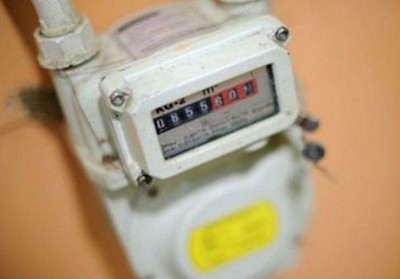
To determine the amount of fuel consumed, you can use the existing formulas.
Together they provide a complete picture of the amount of fuel required for heating. First, you need to determine the boiler capacity. It is calculated based on the principle 1 kW of energy per 10 m2.
In this case, the power reserve should be about 20%, since the device is not usually used at maximum settings. As a result, for home use area 150 m2 the optimal boiler power can be about 13 kW. Based on this, the amount of fuel required is laid down. If it is liquefied, then in week may leave from one to four cylinders of 50 l.
Attention! It is customary to fill cylinders not completely, since propane and butane expand. Therefore, the amount of liquefied gas in a cylinder is usually about 80% of its volume.
It is believed that on average at 100 m2 is spent 15 liters of liquefied gas per day. Accordingly, for a cottage 150 m2 this figure is increasing up to 22.5 liters per day. Into the balloon for 50 l usually refuel about 40 l. Thus, with active use in two days you can spend more than one cylinder.
But these are approximate calculations, and you can make even more accurate ones using the formula: 169.95/12.88/0.98 x S premises x cost 1 kg liquefied gas. Here 169.95 kW means thermal energy for heating 1 m2, 12.88 kW/kg — the calorific value of liquefied propane and 98% — Boiler efficiency.
What is the average consumption per week?
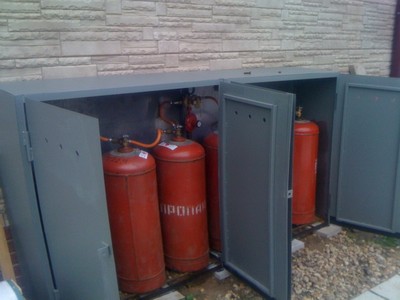
The figure demonstrating the consumption of liquefied gas for heating can be determined based on a number of parameters.
In addition to the area of the house, materials and weather conditions, this is also operating mode. Therefore, for each building the consumption will vary, even if it has the same area.
But according to homeowners, in regions where winter -5 to -20 C at 150 m2 on average it can go away 3 cylinders of 50 l per week.
At this point the boiler turns on. 2 times a day for 3 hoursSavings are increased by using advanced boiler models and thermostats that regulate fuel consumption proportionally to changes in air temperature.
Seasonal heating consumption for a house with an area of 150 m2
Consumption of liquefied gas per season for heating a cottage with an area of 150 m2 calculated based on weekly expenses. But it is worth remembering that this figure is approximate, since the weather will change repeatedly, and with it the fuel consumption. Meanwhile, along with the amount of fuel, you can also calculate financial expenses.
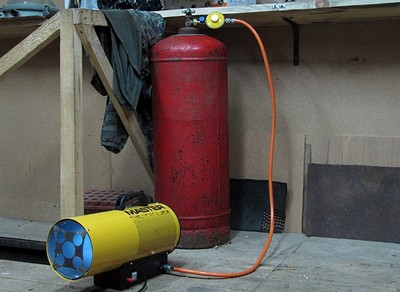
To calculate the cost of consumption during the season, you need to multiply the power of a specific device for 24 hours, then for 30 days. Since it is unlikely that the boiler will be operating at maximum power all this time, the result must be divide by 2.
The resulting figure multiplied by 7 months heating season, and this gives an indicator of power consumption in year.
Having found out the cost 1 kW/hour, it is necessary to multiply it by the annual amount of kW. The obtained result will demonstrate the financial costs of consumption. However, this is not all, because cylinders with exhausted gas need to be regularly refilled, and this also costs money.
You can make refueling less frequent if use fuel economicallyFor example, when you are away from home, it is enough to set a lower temperature on the thermostat for heating the premises, and then the financial costs for heating will be noticeably reduced.
Useful video
Check out this video to see how much fuel a liquefied gas heating system uses.
Reducing heating costs
A significant reduction in heating costs can be achieved by taking into account a whole range of conditions for heating premises. These include: reduction of heat loss buildings, use thermostat, compliance with the power of the gas boiler footage of the house, economical operating mode, choice quality equipment and compliance safety precautions.
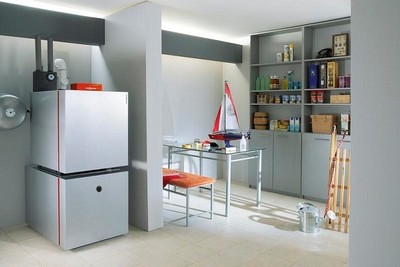
It is worth noting that cylinders located for safety purposes outside the building may require removal at low temperatures. additional heating for better gas movement.
If this is not done, gas will be wasted and heating will remain weak. Do not underestimate and brand gas boiler, since the stability of the device's operation makes repair costs minimal.
It should not be neglected and other types of fuel. In particular, if there is a gas pipeline nearby, it is definitely better to use natural gas instead of liquefied gas. This will not only be much more convenient, but also much cheaper for the budget.





